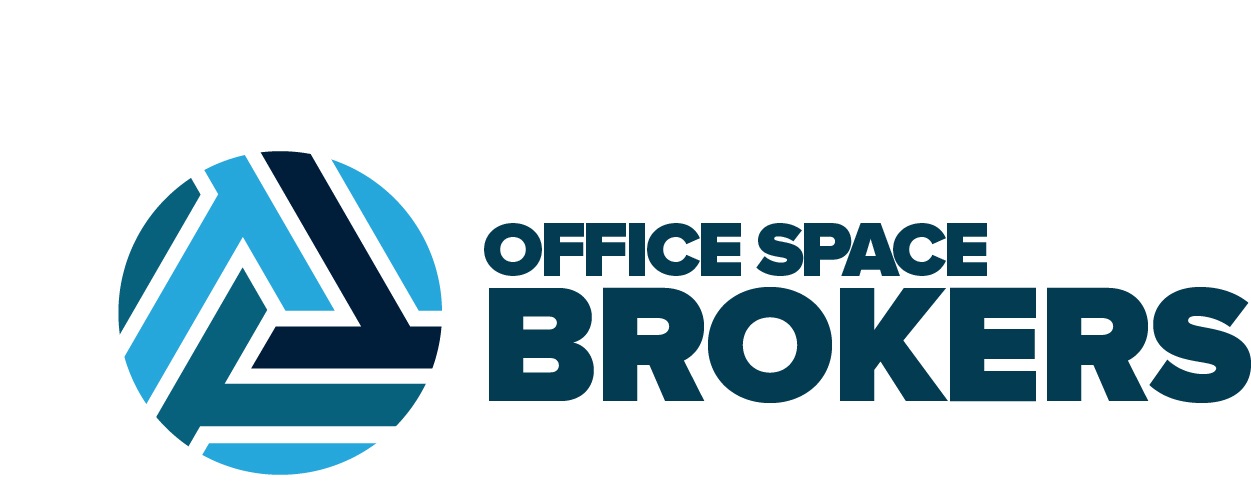
Company culture is not built virtually
I believe there will be long-term impacts on company culture, especially for the younger generation moving into the workforce. The newer generations are now becoming the majority in the workplace. Even if it has been some time, can you still recall running into coworkers in the corridor and catching up with them about weekend plans or a significant project you were working on? Do you have any memories of being in the right location at the right moment, providing a person with the knowledge they were lacking, or inviting a colleague to a lunch meeting or event they could benefit from? Like many others, you might not have appreciated the significance of these discussions until you started working from home. Over 50 studies have been conducted this year by Microsoft teams to investigate how the nature of work has evolved since early 2020. This endeavor includes a study of billions of productivity signals such as emails, meetings, chats, and postings across Microsoft and LinkedIn’s user bases. Additionally, a poll of over 30,000 persons who were located in 31 different nations is included. Basically, this study found that employees feel more connected to their colleagues in the office and completely disconnected when working virtually.
- Difficulty in Building Genuine Relationships with Colleagues
Collaboration, creative problem-solving, mentorship, and team morale is more challenging when each requires a Microsoft Teams or Zoom invite to do so. According to a study done by Stanford 67% of workers are distracted during virtual meetings. · 47% of people prefer in-person meetings.
- Frequent Interruptions and Unsupervised Performance
Self-regulation and focus can be difficult for most without having the accountability of your team around you like in an office. 55% of workers admit to checking their email during virtual meetings according to a study done by Standford.
- Lack of Motivation When There’s No Comradery
When you are surrounded by people who share the same vision and purpose it is the comradery that keeps each of us motivated and feeling supported when you are having an off day or dealing with a difficult project/situation.




